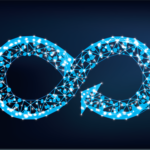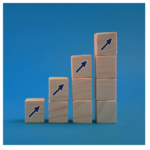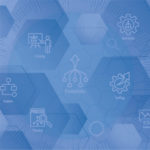Circular Economy Definition, Everything You Need To Know
Why Is It So Much More than RecyclingWhat is the Definition of the Circular Economy?
At its core, the circular economy is a fundamentally different way of thinking about how we do business, and how we make and consume products. The circular economy aims at eliminating waste, creating closed loops to optimize the use of finite resources, and creating a restorative eco-system. According to the foremost authority on the circular economic principle, The Ellen MacArthur Foundation,
“A circular economy is an industrial system that is restorative or regenerative by intention and design. It replaces the end-of-life concept with restoration, shifts towards the use of renewable energy, eliminates the use of toxic chemicals, which impair reuse and return to the biosphere, and aims for the elimination of waste through the superior design of materials, products, systems, and business models. ”
How is Circular Economy Different From The Linear Economy?
The circular economy is essentially the polar opposite of the current, or “linear” economic model. In a linear economy, which has been in use since the beginning of the industrial revolution and dramatically increased since WWII, the product life cycle is: “make, use, discard.” This linear model generates billions of tons of waste every year and contributes to increases in greenhouse gas emissions. By making products that are essentially designed to be thrown away, natural resources are depleted at rates that are nearly unsustainable, which creates market volatility and makes recycling those products more difficult from day one.
The Circular Economy Definition Revolves Around Three Key Principles:
1. Designing The Waste Out
Food and manufactured goods are produced using renewable energy, non-toxic or non-polluting ingredients, and are made with a very high content of recycled raw materials instead of virgin or finite materials. In this industrial ecology model, recycled material comes from another aspect of the manufacturing process, like imperfect produce being used to make compost for the next crop.
2. Keeping Products and Material In Use Longer
Basically, goods are designed to last. They are manufactured from day one to be reused, repaired, reconditioned, or upgraded instead of simply replaced. By upping the manufacturing standards, goods can be reused, shared, resold many times before being recycled.
3. Planning for a Regenerative End-of-Use
Goods are made with readily recyclable components, are designed to be reused, recycled, re-manufactured, or are restorative in the case of food – meaning that in this natural system, food waste provides nutrients for future crops or feed for animals.
In order to be successful, the circular economy requires companies throughout the supply chain to adopt it. The circular economy is based on a long-term flow of goods that loop back to the supply chain to create the maximum recovery of material. Because of this, at first glance, the transition to a circular economic model looks daunting.
That’s where IGNITE comes in.
We can help you transition to a circular economic model in a way that not only increases financial benefits, reduces your environmental footprint, and provides substantive information to feed your Environmental Social & Governance ( ESG) Report – but it also becomes a springboard for transforming your operation into a leaner, cleaner, more resilient company.
Contact 1GNITE today and see what loops your business can start closing today and making that transition to the circular economy.
-
Circular Economy Definition: Everything You Need to Know
-
Top 5 Benefits Of The Circular Economy
-
The 4 Most Important Circularity Metrics to Measure Your Success in 2022
-
Circular Economy: 6 Fastest Ways To Become Circular
-
How Sustainability is the Key to Solving Supply Chain Issues
-
5 Benefits of an Internal Marketplace You Must Know
-
2021 1GNITE Solutions Year In Review
-
5 Important Store Refresh Best Practices For Retailers to Achieve Success in 2022









